Our research topics:
- Climate Change and Ecosystem Functioning
- Climate Extremes and Extreme Weather Events
- Disturbance, Resilience and Biodiversity
- Experimental Community Ecology
- Mountain Invasion Ecology
- Wilderness and Remote Landscape Ecology
- Ecological Novelty and Ecosystems Engineers
- Biotic Interactions and Conservation Biology
- Grasslands and their community change by climate change
- Fodder quantity and fodder quality of grasslands under climate change
- Tree and forest ecology under climate change
Our research projects:
 |
With regard to the future forest management of Bavarian forests in times of climate change and extreme climatic events, forward-looking research concepts are required with regard to the selection of suitable tree species. Testing future suitable tree species in experiments with extreme climatic events is an important contribution to future cultivation recommendations. In an experimental approach with late frost treatments (end of April/mid-May) combined with a subsequent summer drought, the resistance and tolerance of young trees of 30 different tree species will be investigated in order to discuss future silvicultural suitability for changing climatic situations. Young trees are considered to be particularly sensitive to late frost and drought and therefore form a kind of bottleneck in the long-term establishment and development of stands. Analysing the resistance of young trees to the aforementioned extreme events is necessary because very different and surprising effects can occur. The climatic changes not only affect the abiotic growth conditions, but also influence the resistance to insect damage and fungal infestation. |
|
Goal of the project BESTROPS is to investigate the changes in biodiversity and ecosystem services, promote a fair distribution of resources, and preserve the Natural Capital in rural communities of tropical forests. Combining field data, experimental and modelling approaches, it will study plant and soil biodiversity and ecosystem services across an elevation and climate gradient in the main area of largest impact of ENSO (Dryland coast, the Andes mountains, and the Amazonian rainforest). The main outcome of BESTROPS is to provide new open knowledge on the cultural and social dimension of tropical ecosystems, and insight in policy making without risking the natural capital under the forecasted climate change scenarios. |
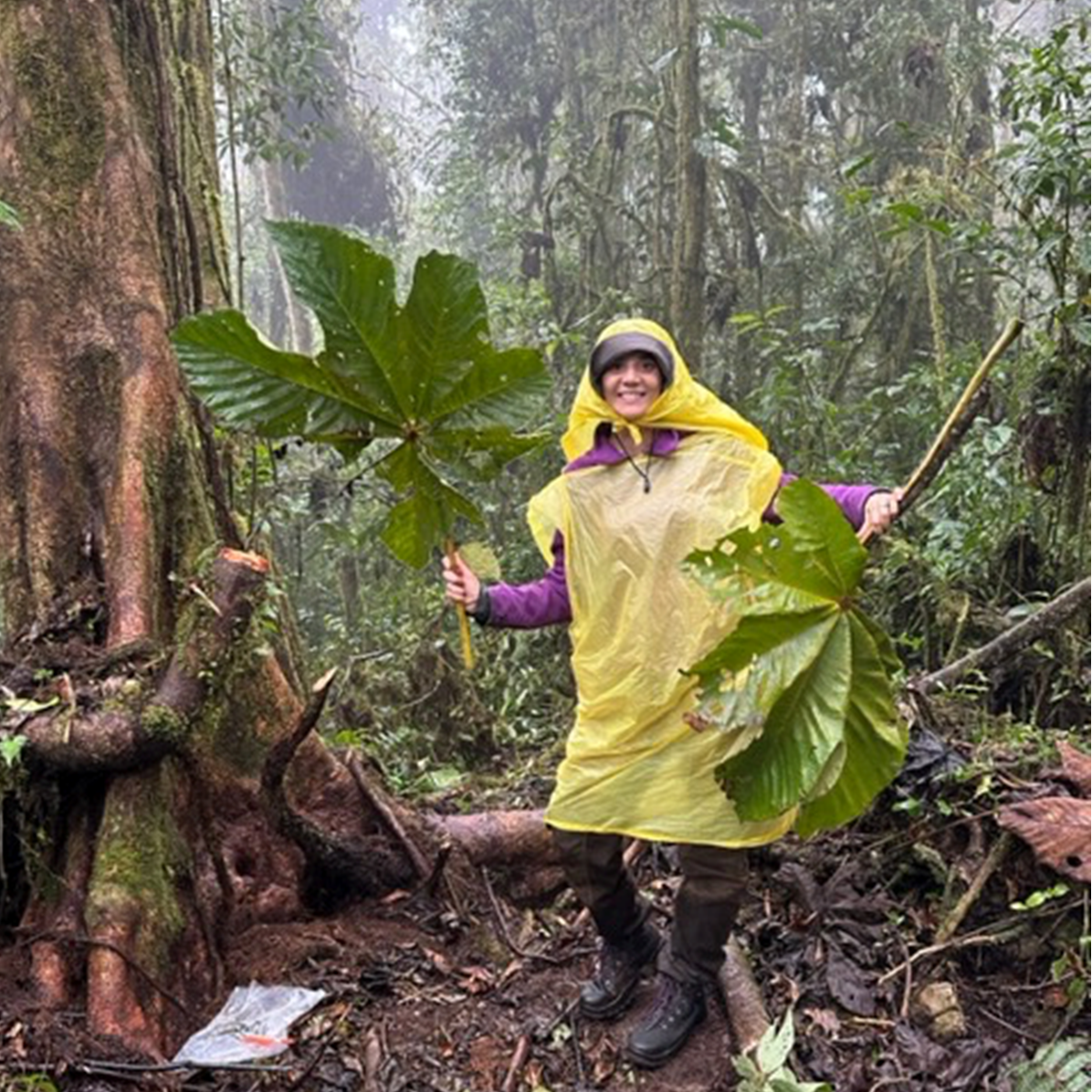 |
 |
GLORIA - The GLORIA programme operates a world-wide long-term observation network with permanent plot sites in alpine environments. Vegetation and temperature data collected at the GLORIA sites will be used to discern trends in species diversity, composition, abundance, and temperature, and to assess and predict losses in biodiversity in these fragile alpine ecosystems which are under accelerating climate change pressures. The GLORIA programme aims at building globally applicable indicators for comparing magnitudes and velocities of changes of different biodiversity components across the major terrestrial biomes and climate zones on Earth. The basic focus is on vegetation and vascular plants, but where experts and funding are available, other organism groups such as bryophytes, lichens, and different vertebrate and arthropod groups are included. |
|
SUSALPS- The aim of the SUSALPS project is to improve our knowledge on the effects of current and future climate and management on ecosystem functions performed by grasslands. In the process, the general framework of the socio-economy of the specific geographic region will be considered. Based on this improved knowledge, sustainable management options for grasslands in the alps and the foothills of the alps will be developed. These management options will be especially designed to support the climate protection function of grassland soils. |
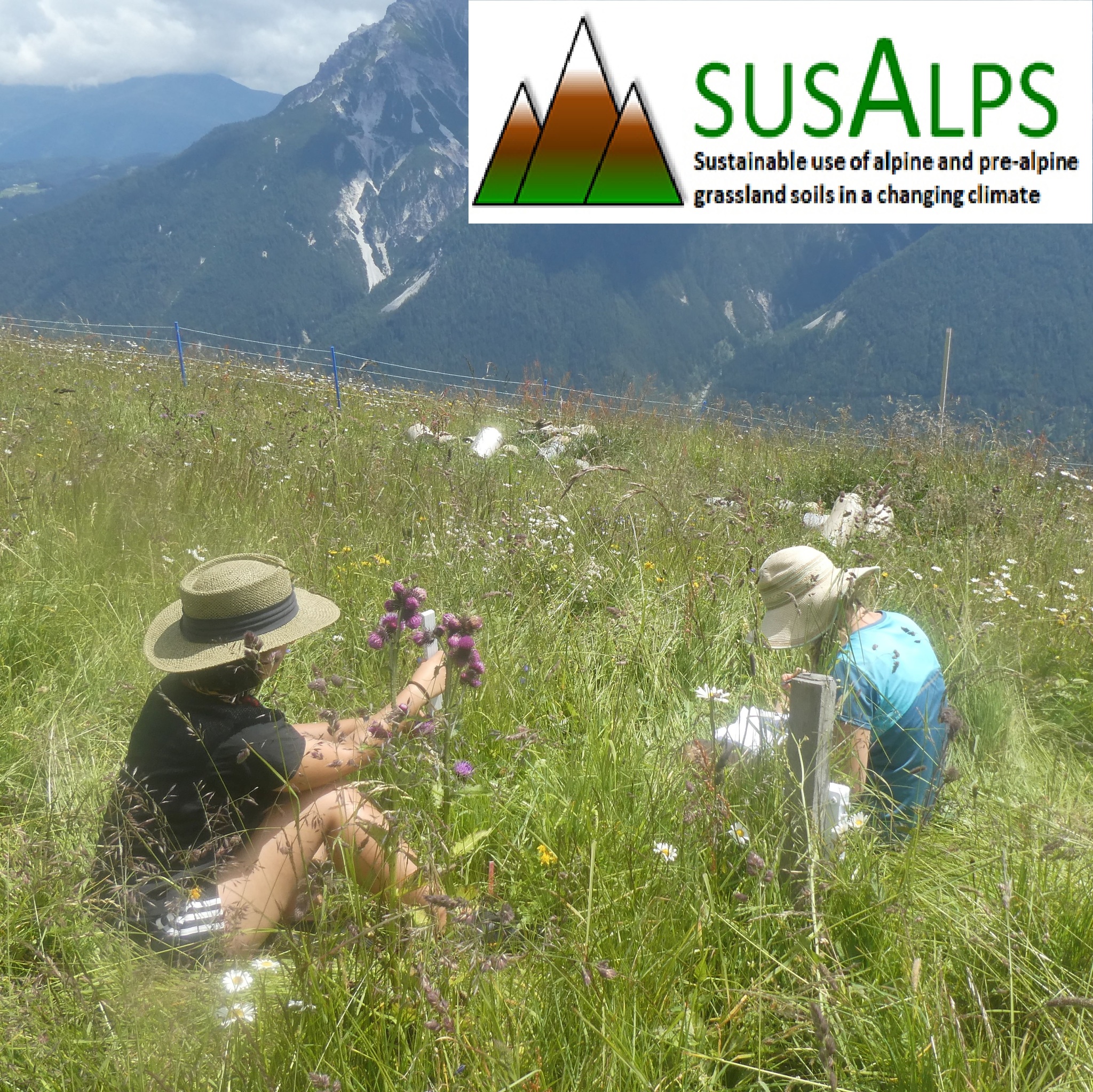 |
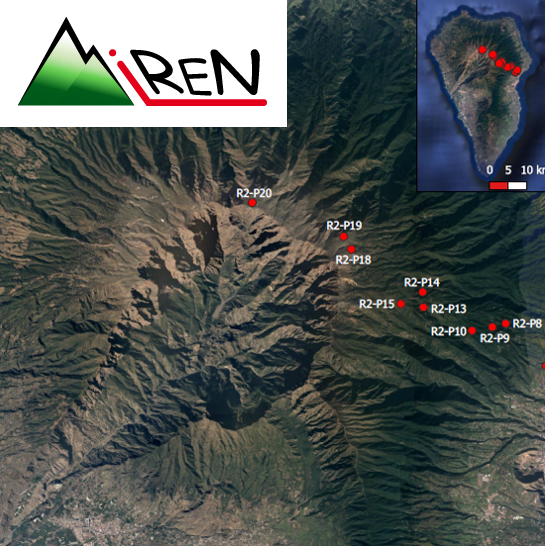 |
MIREN- The aim of MIREN is to understand the effects of global change on species’ distributions and biodiversity in mountainous areas. We have expanded our initial focus on non-native plant invasions to consider more generally species (re)distribution under different drivers of global change, including biological invasions, climate change and land-use change. We perform globally replicated observational and experimental studies along elevation gradients to understand the processes that are shaping mountain plant communities at regional to global scales. |
|
Cliff FRANKENJURA and beyond Due to their extremely limited edaphic resources and heterogeneous microclimatic conditions related to micro-topography, inland cliffs represent islands in the landscape, often with low or no human impacts even near anthropogenic landscapes. These communities are shaped by gravity and subjected to characteristic disturbance regimes that exclude fires and mammalian herbivory. They offer habitat refugia for specialized species, are traps for speciation and host peculiar communities, including neglected primary old-growth forests. These factors collectively shape these understudied plant communities, which appear to follow distinctive assembly rules. To shed light on these rules, we are currently initiatingvegetation monitoring on cliffs in Frankenjura in Germany (integrating the MIREN ROCK sampling protocol) with the support of climbing expertise in sports ecology. Additionally, we are investigating cliff plant functional traits across climatically contrasting study areas with the use of Unmanned Aerial Vehicles (UAVs), thereby collaborating with Frankenjura Climbing, Nationalpark Berchtesgaden, University of Siena and University of Granada. We have joint interests with geomorphology to explore how microtopographic variations influence plant colonization patterns, whether plantsaffect rock moisture and rock weathering, and with sports ecology in understanding effects of outdoor activities on cliff flora. |
 |
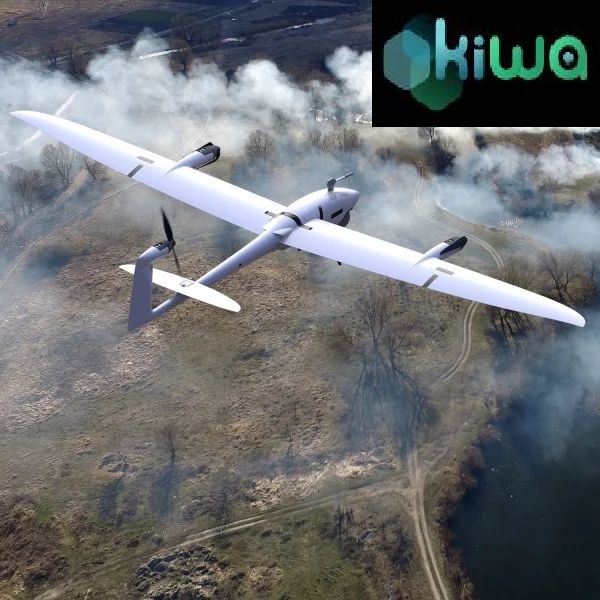 |
kiwa - Das Projekt KIWA ergänzt bestehende Systeme zur Waldbrandfrüherkennung durch Künstliche Intelligenz (KI). Spezielle Drohnensysteme identifizieren über Luftbilder flächendeckend mögliche Gefahrenstellen, Feuer und Rauch. So können Waldbrandherde erkannt werden, solange sie noch kontrollierbar sind. KIWA stellt hochaufgelöste Fernerkundungsdaten zu Waldökosystemen, zu Waldbrandrisiken einzelner Baumarten und Regionen Deutschlands sowie KI-gestützte Auswertungen bereit. Dadurch werden sensible und schützenswerte Ökosysteme identifiziert, die Entwicklung von Wäldern begleitet und Daten für das Forstmanagement bereitgestellt. Dies unterstützt den Umbau zu multifunktionalen und an den Klimawandel angepassten Wäldern. Langfristig sichert und erhöht das die biologische Vielfalt. Die Waldbestände werden abwechslungsreicher und damit weniger brandgefährdet. |
|
BeeCom- Very few studies have investigated the conditions under which competition between honey bees and wild bees is effective or measurable. A first comprehensive meta-study was conducted by us in 2022 (see publication list 2023: Arzt et al. 2023). However, a well-planned field experiment is more meaningful. What role do forest biotopes play? In forests, the range of possible disturbance factors for such an experiment (other beekeepers, open land with different flora, settlements) can be narrowed down well. In the first year, the complete flora (= food resources), the landscape structures and all wild bee species and their abundance and nesting habitats are recorded in 12 different forest areas in Bavaria. In the second year, 3 bee colonies are placed in the centre of the study area and the effects on the abundance of wild bees are recorded. In the third year, 10 bee colonies are placed at this point in order to deliberately get the habitat capacity above a threshold value at which the competition between honey bees and wild bees becomes effective and visible. |
 |
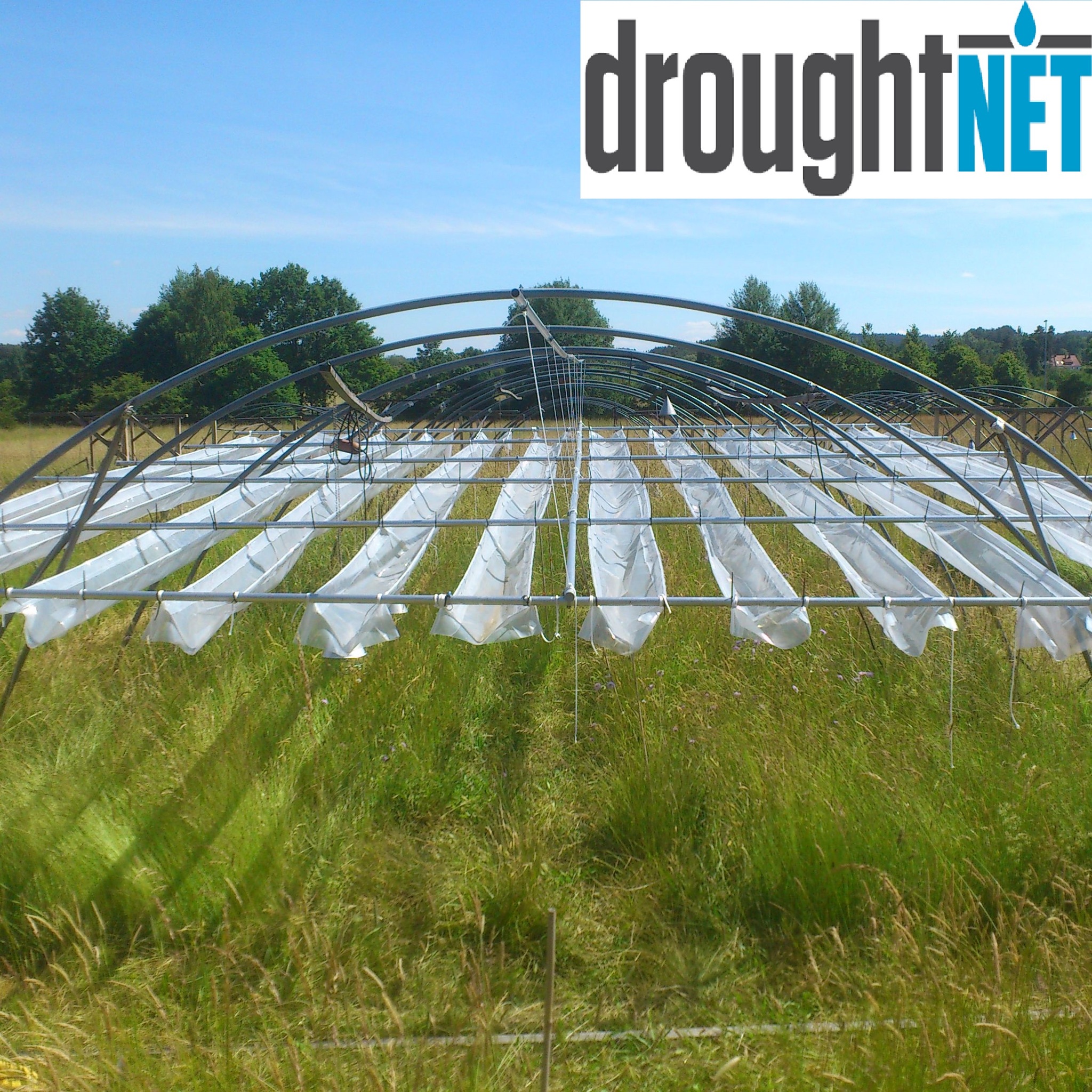 |
DroughtNet - All ecosystems will be impacted to some extent by climate change, with forecasts for more frequent and severe drought likely to have the greatest impact on terrestrial ecosystems. Terrestrial ecosystems are known to vary dramatically in their responses to drought. Coordinated experimental networks, however, are ideally suited for comparative studies at regional to global scales. The Drought-Net Research Coordination Network (RCN) - funded by the US National Science Foundation – is coordinated experimental network aimed at advancing understanding of how and why terrestrial ecosystems across the globe may differ in their sensitivity to drought. |
|
Two of the most pervasive human impacts on ecosystems are alteration of global nutrient budgets and changes in the abundance and identity of consumers. In spite of the global impacts of these human activities, there have been no globally coordinated experiments to quantify the general impacts on ecological systems. The Nutrient Network (NutNet) is a grassroots research effort to address these questions within a coordinated research network comprised of more than 130 grassland sites worldwide. |
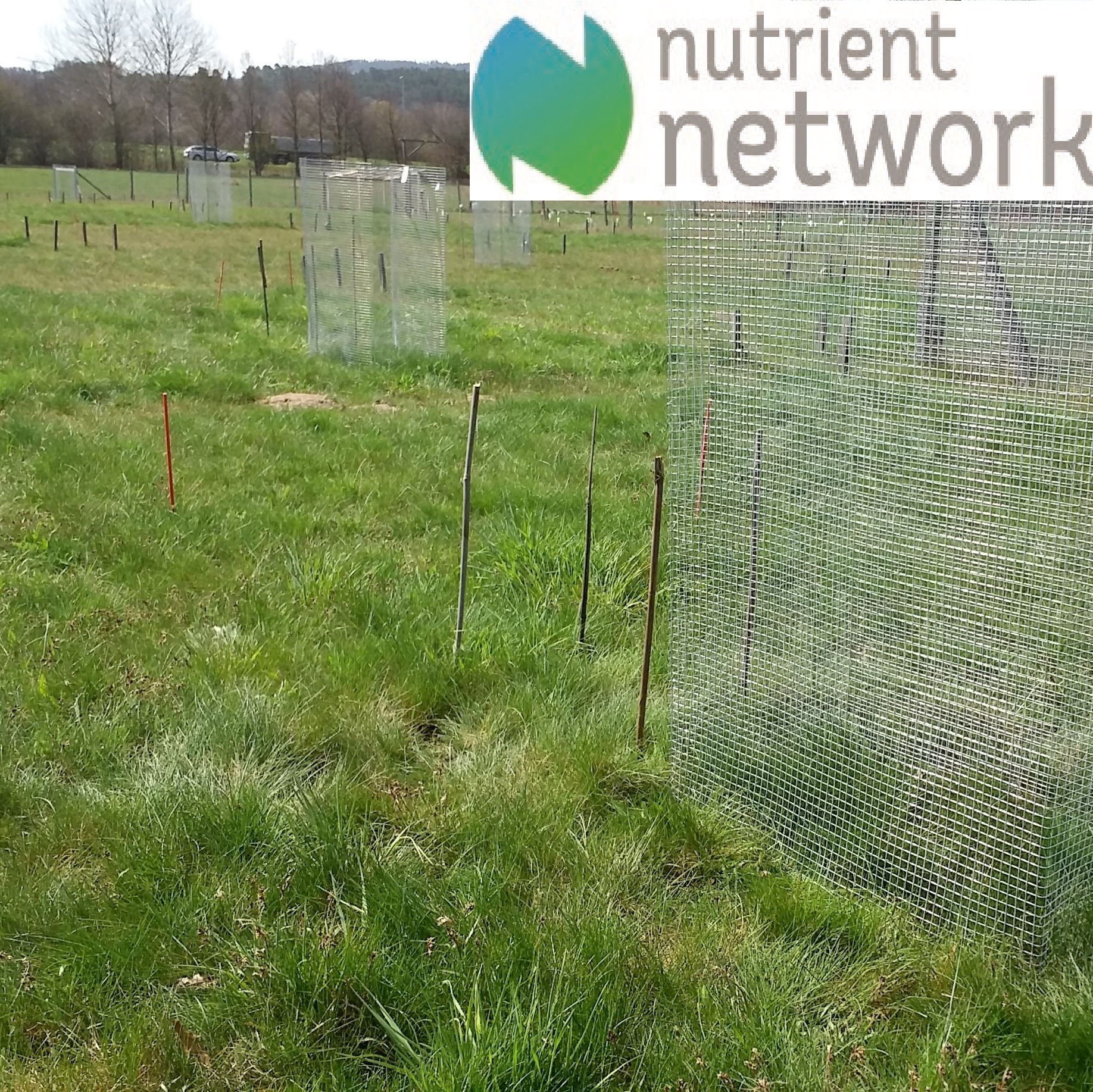 |
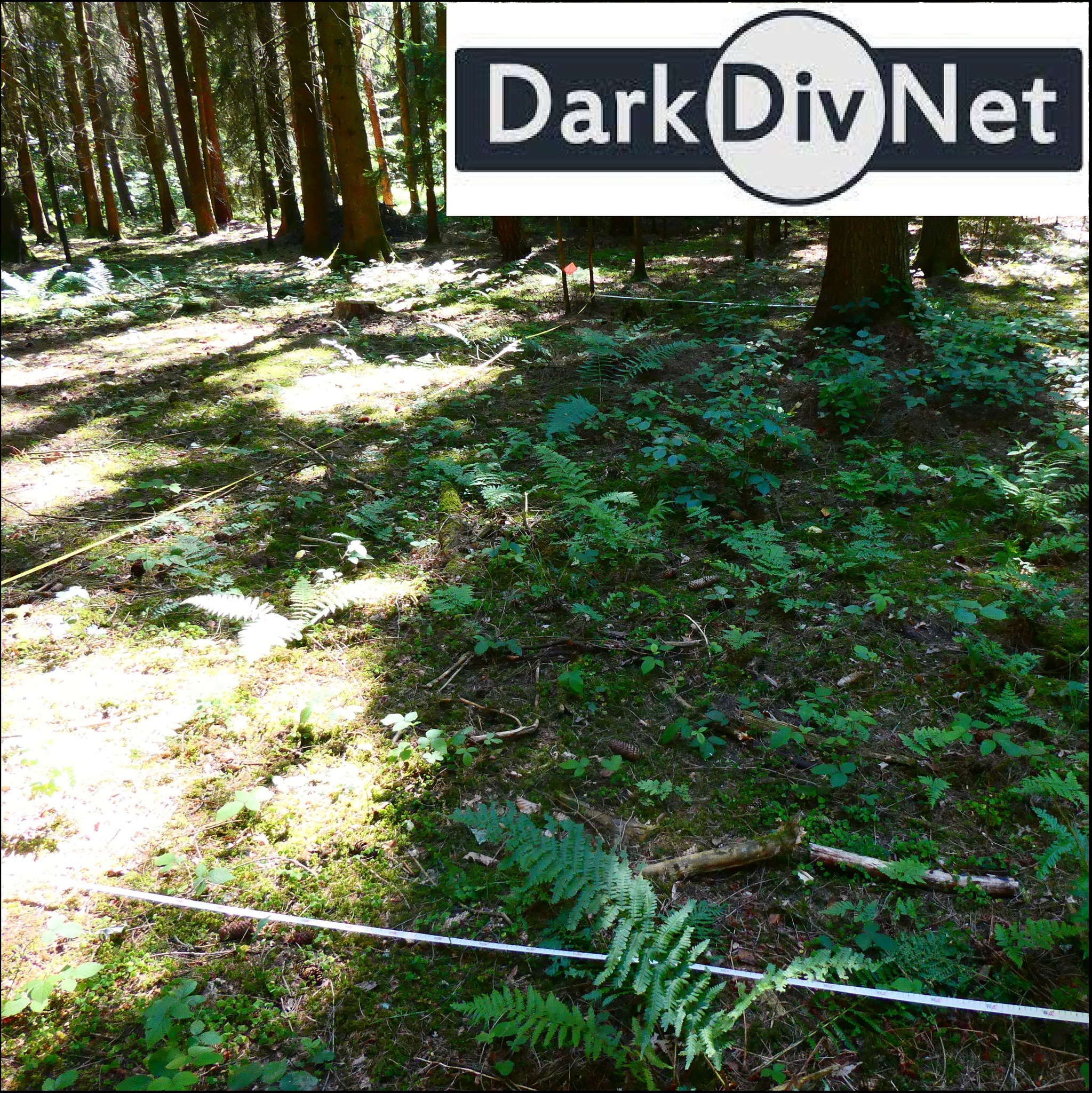 |
DarkDivNet - DarkDivNet is a global network to explore the dark diversity of plant communities. In January 2019 we have >100 potential study areas all across the world. Why are some species present and others absent in a locality? To answer this central ecological and biogeographical question, we have to explore biodiversity at different spatial scales while also considering species’ habitat preferences. Only a subset of all species in a region can tolerate the ecological conditions of a given site (the site-specific species pool). Of those, not all are realized in local communities. The absent part of the species pool forms the dark diversity of a community. |
|
HerbDivNet - The Herbaceous Diversity Network (HerbDivNet) is a network of researchers working at herbaceous grassland sites in 19 countries located on 6 continents performing coordinated distributed experiments and observations. All HerbDivNet sites are located in areas dominated by herbaceous vegetation representing the regional species composition. |
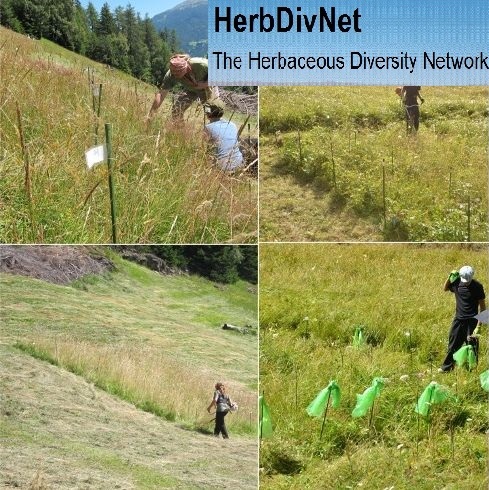 |
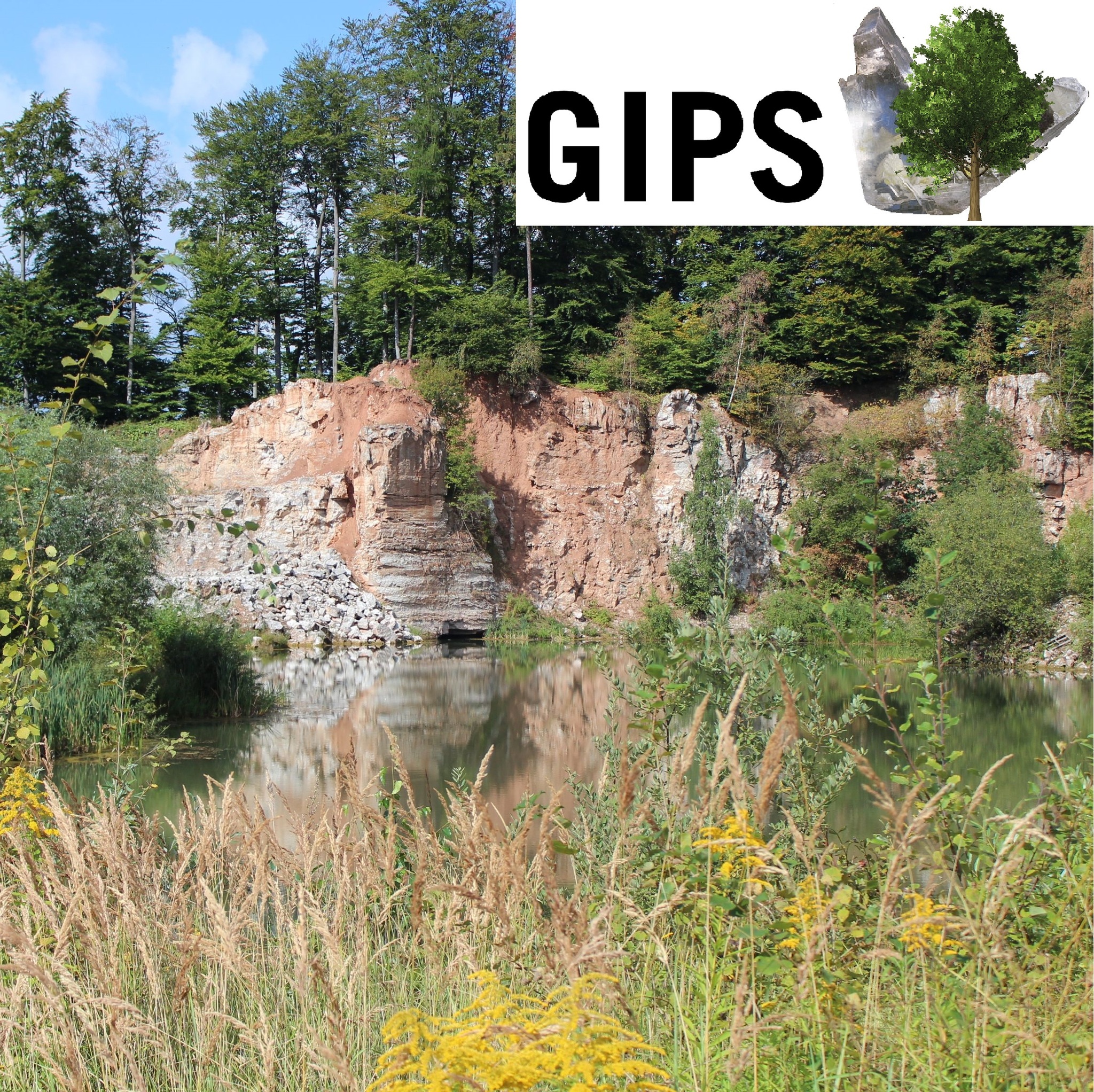 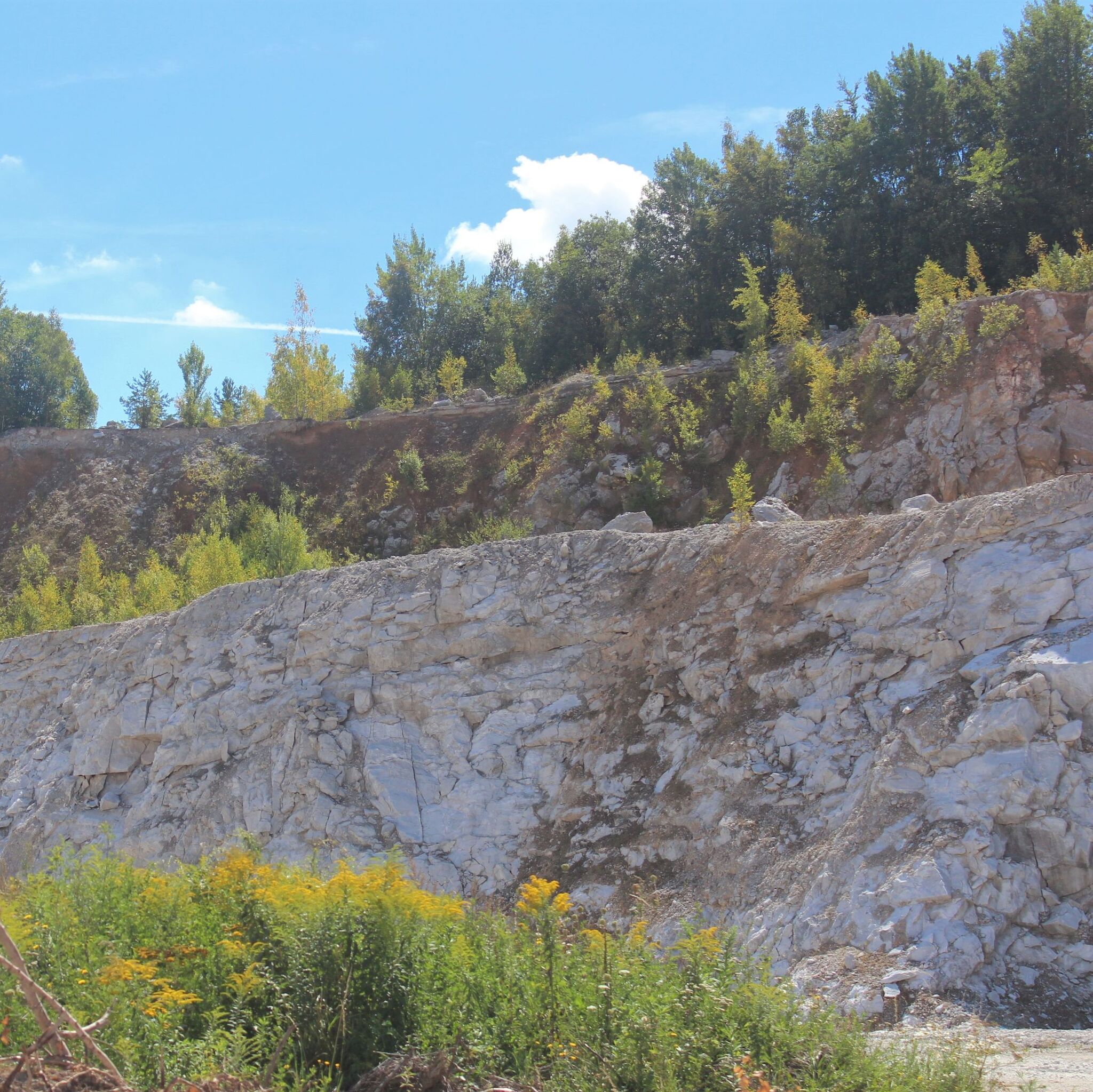 |
Gypsum mining in Germany - Gypsum mining in Germany creates open, vegetation-free areas in an otherwise densely vegetated cultural landscape. Many animal and plant species depend on such pioneer stages of succession, including rare and endangered Red List species. Gypsum mining creates high structural and habitat diversity for many species that no longer find a refuge in the often structure-poor agricultural landscape or in commercial forests. On the other hand, gypsum deposits are partly located in high-quality landscape areas with species-rich ecosystems. In some places, this results in conflicting goals. Pressemitteilung vom 14.02.2022 (in German) |
|
Analysis of the relevance of intrinsic and anthropogenically induced (e.g. as a result of climate change) dynamics of ecosystems in Germany for the conservation of biodiversity. The aim of the project is to compile and analyze the current state of research on the importance of dynamic processes of ecosystems in Germany on the different scale levels within the framework of a literature study. In doing so, we survey the state of research in the German-language as well as in the English-language literature. The aim of this literature study is not only to provide a technical overview for all relevant decision-makers, but also to develop a broad discussion, so that practical nature conservation receives concrete implementation concepts and proposals for measures, in order to be able to take dynamic processes in ecosystems more into account in the future. Based on a sound literature review, success controls can be better planned, implemented and adapted in times of climate change. Funded by the Federal Agency for Nature Conservation (BfN, Bonn) |
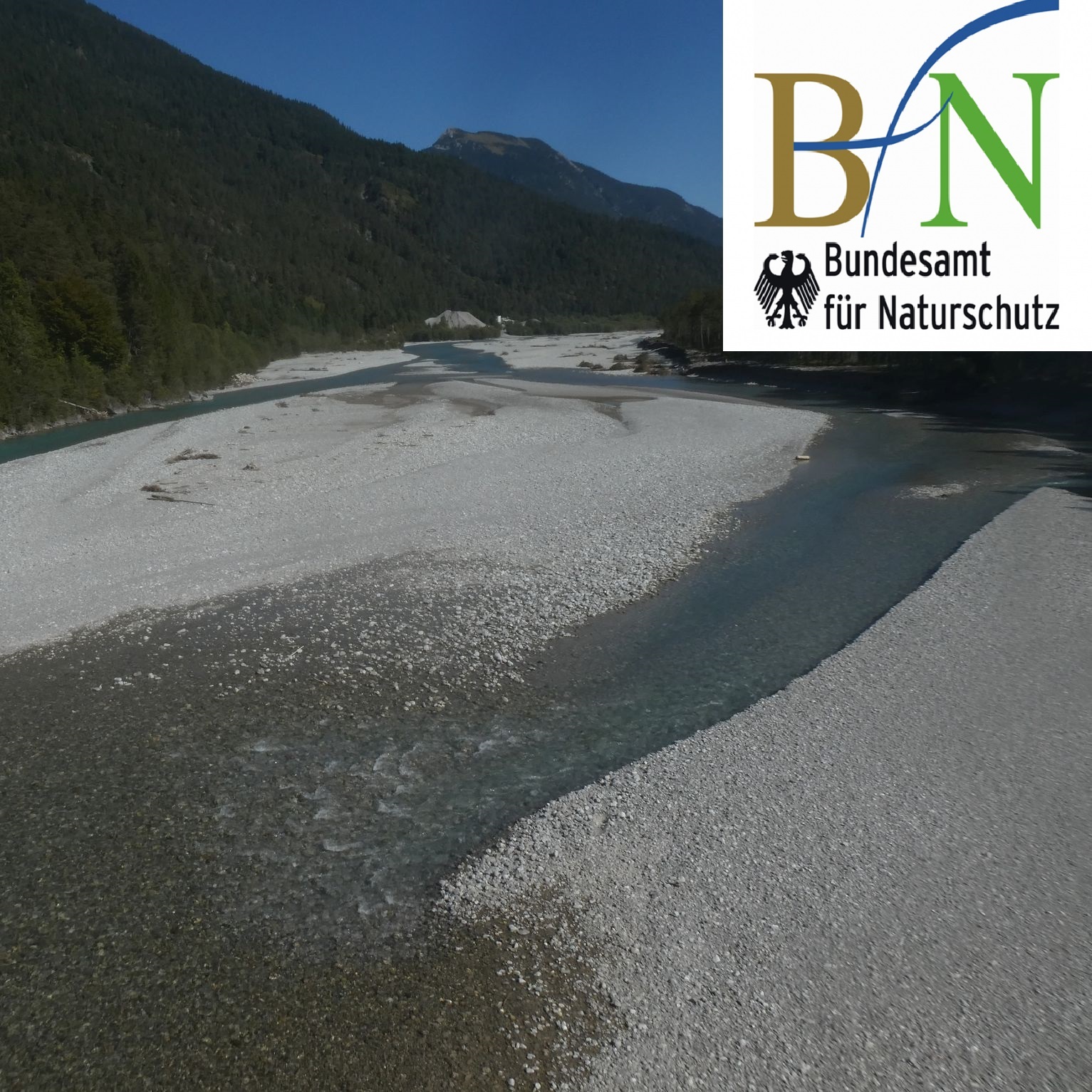 |
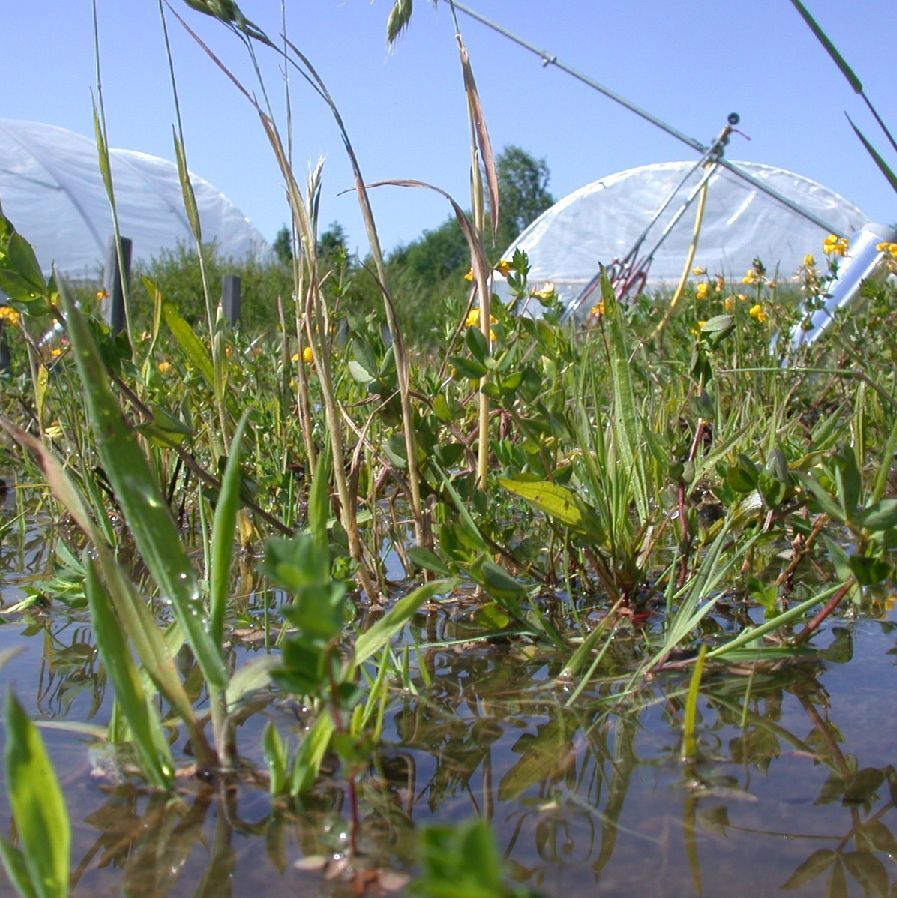 |
EVENT 1 / FORKAST 08 The experiment is carried out in a two-factorial design manipulating Performance of communities and single species is measured with a variety of parameters, covering all important stages in the life cycle of plants (inter alia cover, above and belowground biomass production, flowering, seed production, germinability, or photosynthetic activity). Furthermore, abiotic parameters like soil moisture, precipitation and temperature are recorded on site. Through cooperation partners, other important ecosystem parameters are analyzed, e.g. gas exchange, soil fauna or microbial activity. |
|
In EVENT 2, 5 factors are manipulated: Performance of communities and single species is measured with a variety of parameters, covering all important stages in the life cycle of plants (cover, above and belowground biomass production, phenology, seed production, germinability or photosynthetic activity). Furthermore, abiotic parameters like soil moisture, precipitation and temperature are recorded on site. Through cooperation partners, other important ecosystem parameters are analyzed, e.g. microbial activity, soil fauna, N-cycle, stable isotopes. |
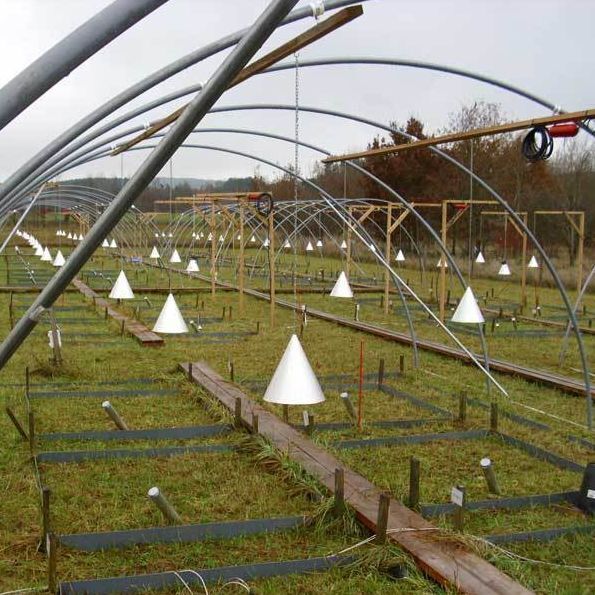 |
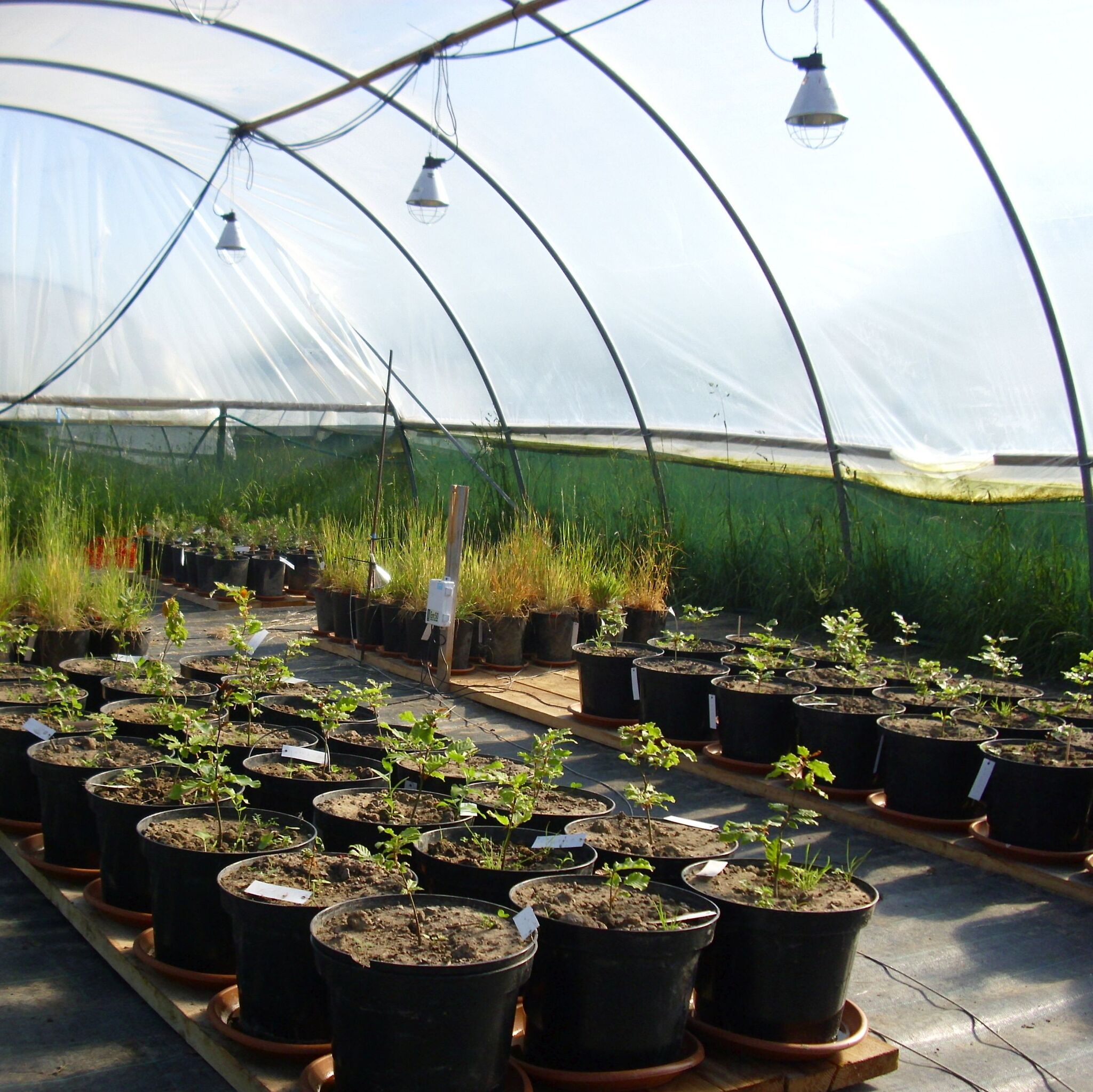 |
EVENT 3 / FORKAST 01 As growth conditions will change significantly within the next century it is important to know how key plant species will respond to climate change, and, in particular, if they are able to cope with climatic extreme events. Intraspecific genetic differentiation (genotypes/ecotypes/provenances) might provide a chance to adapt to this changing environment. The aim of this project is to identify suitable provenances of selected key species, which are able to contribute to the conservation of persistent ecosystems with high area occupancy in Bavaria like forests and grassland. In forestry, these provenance trials have a long tradition. However, in agriculture they are hardly established. Besides, traditional experiments focus on transplant-experiments and exposition to local climate. It is now necessary to test provenances with regard to more frequent and severe extreme events. |
|
Ongoing global warming is expected to increase the recurrence of soil freeze-thaw cycles (FTC) in cool-temperate and other high-latitude regions due to decreases in snow cover and increased variability of air temperature in winter. FTC currently occur in more than half of the land surface of the northern hemisphere, therefore it is important to explore the ecological implications of their altered regimes due to climate change. |
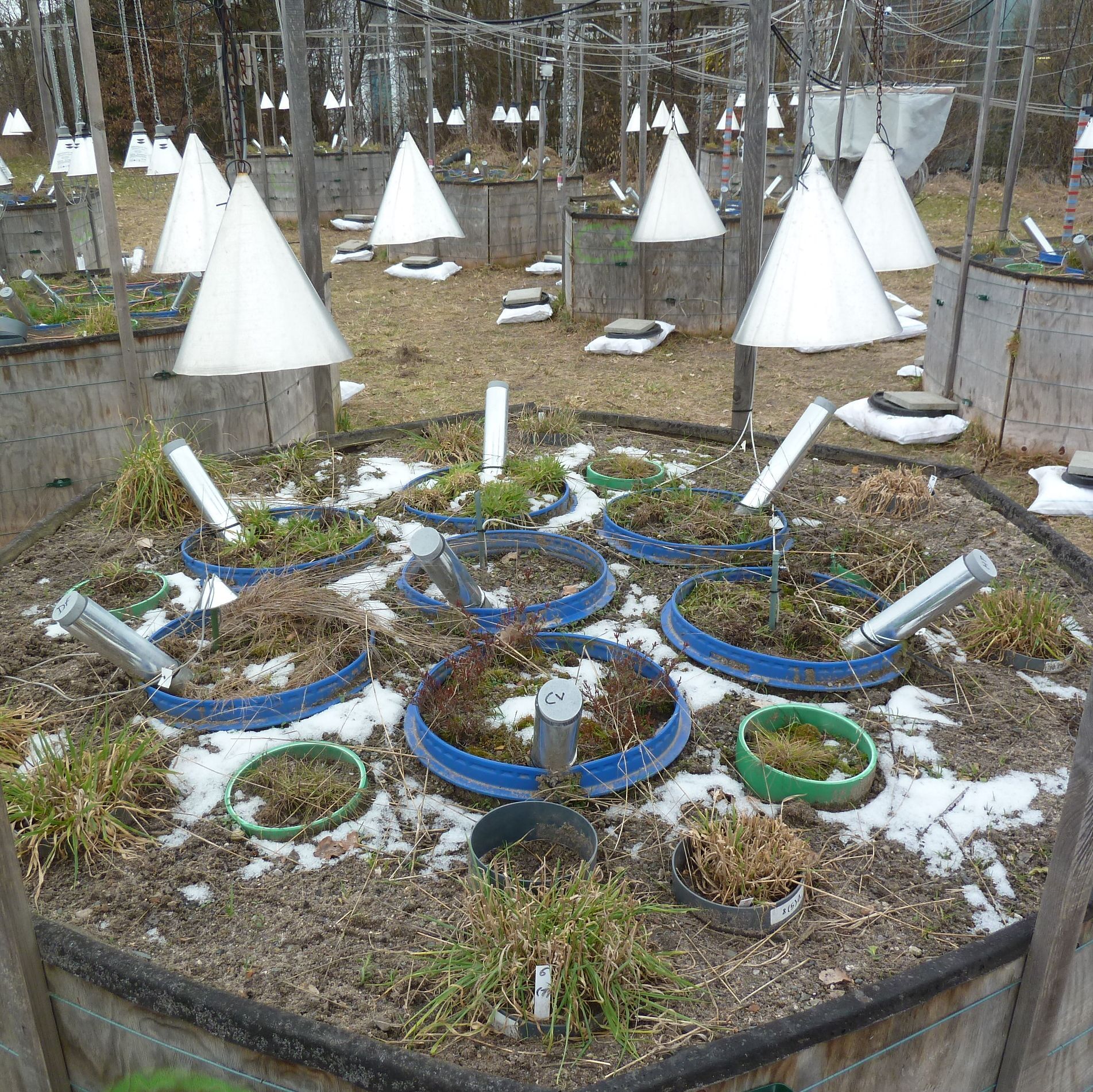 |
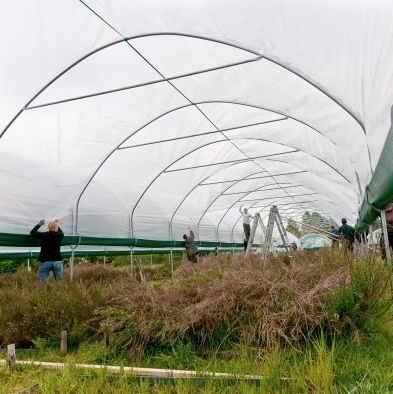 |
EVENT 6 The response of various ecological parameters to annually repeated climatic extreme events is investigated in the experiment EVENT 1. Surprisingly, productivity of the plant communities remains stable while a number of other parameters show strong reactions to drought. (1) Which ecosystem functions get lost first? This research is relevant in order to study early warning signs for breakdown of ecosystem functions and to allow for estimations of the effectiveness of future, more extreme drought occurrences. Own research in EVENT shows that single plants can adapt to repeated drought events even within one growing season. |
|
EVENT 7 Climate warming is expected to shorten the duration of winter. However, in temperate grasslands, increased temperature variability and changes to cold acclimation cues could challenge plants by exposing them to frost at times when they are not fully cold acclimated. In particular, basal meristems of grasses at the soil surface are vulnerable to air temperature extremes if there is reduced snow cover, and the latter is predicted for temperate regions with climate warming. In this experiment we compare inter-versus intraspecific variation in the responses of grassland plants to winter climate change. Specifically, we examine (1) plant responses to variation in the frequency and intensity of soil freeze thaw cycles in controlled-environment chamber experiments. |
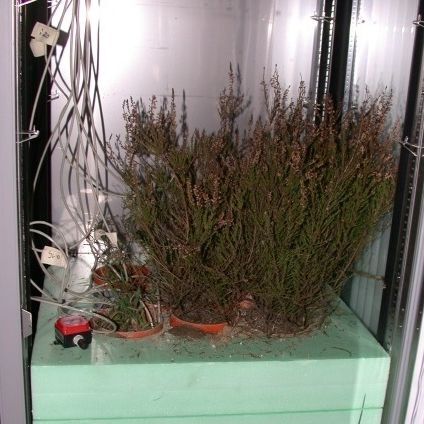 |
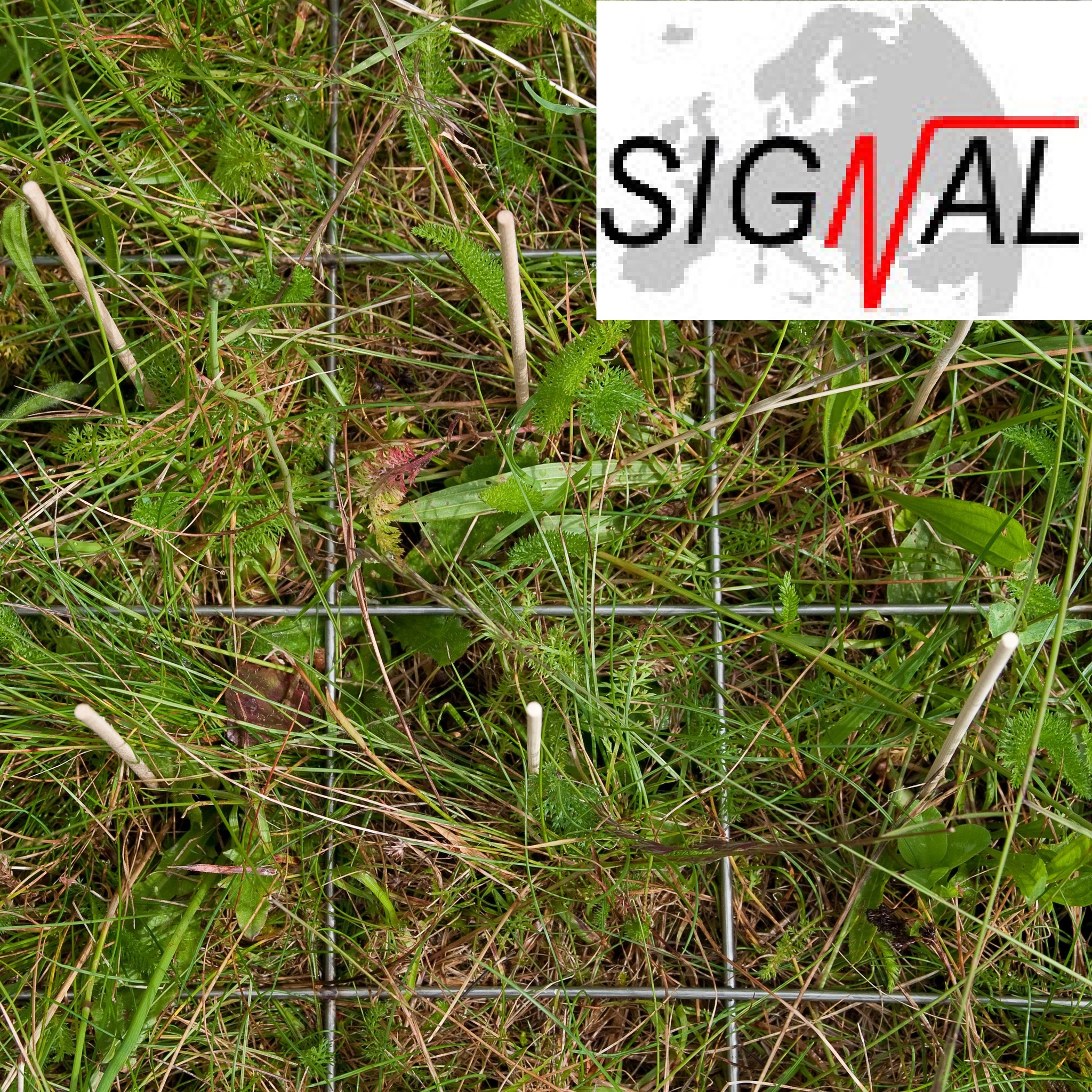 |
SIGNAL - The SIGNAL research project, funded by the BiodivERsA call of the ERA-Net, focuses on the effects of extreme weather events on biodiversity, ecosystem functions, resilience and tipping points in grasslands along a pan-European climatic gradient. Studying the effects of extreme drought on biodiversity and ecosystem functions is a key facet of current climate change research. |

